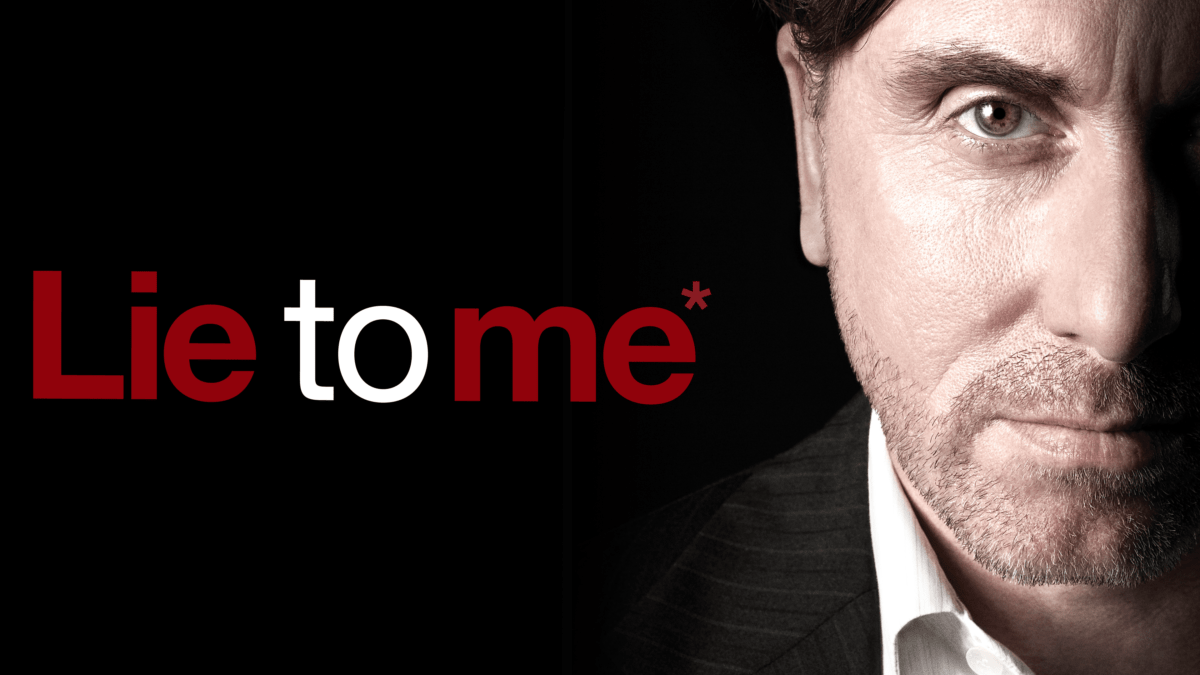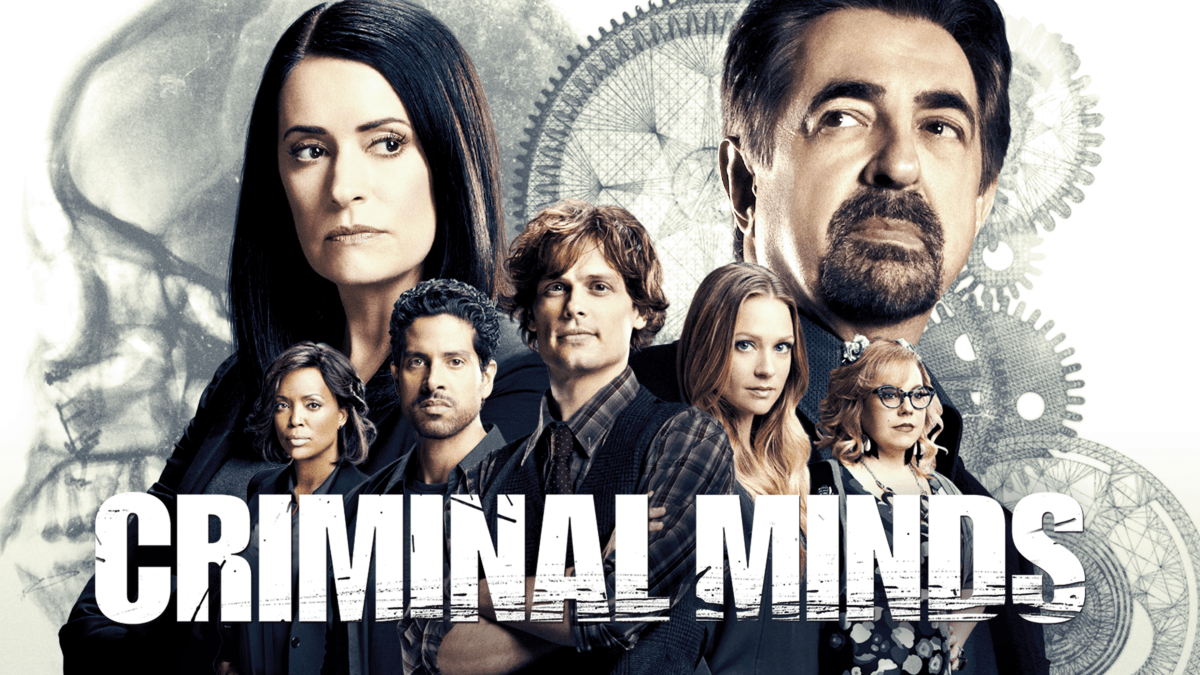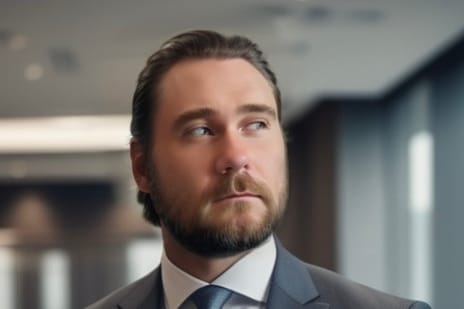How Pseudoscience Influences Judiciary: Unveiling the Impact.
• public
Debunking Body Language Myths in Legal Decision-Making
In the dimly lit corridors of justice, where the fate of individuals hangs in the balance, there’s a pervasive belief that seems to cling to the walls as steadfastly as the scent of aged wood and solemnity: the notion that judges, seasoned by years of legal battles and human interactions, possess an almost mystical ability to decipher the truth from mere mortals’ body language. This belief, as seductive as a classic whodunit novel, whispers that with a mere glance, a legal savant can unravel the tangled web of human deceit, distinguishing the innocent from the guilty with the precision of a scalpel.
Yet, as we embark on a journey to demystify this legal lore, we invite you to don your skeptic’s hat (preferably one adorned with a feather of critical thinking) and prepare for an adventure into the realm of scientific scrutiny and empirical evidence. For beneath the veneer of confidence and authority lies a truth far more intriguing and, admittedly, a bit uncomfortable:
the art of reading non-verbal cues in the courtroom is more akin to reading tea leaves or consulting the stars than to any science-backed methodology.
The Appeal of Body Language in Courtrooms
In the grand theatre of the courtroom, where the dramas of life and fate unfold, body language may take a center stage, masquerading as an infallible guide to the human psyche. But what is it about the siren song of body language that proves so irresistible, even to the most astute legal minds? Let’s peel back the curtain and expose the mechanisms behind this peculiar enchantment.
Firstly, consider the allure of certainty in an ocean of ambiguity. The legal arena is fraught with complexities and uncertainties. The idea that one can decode the truth simply by observing a suspect’s body language offers a tempting shortcut through the murky waters of evidence. It’s the judicial equivalent of a magic spell—utter the right incantations (or, in this case, spot the right non-verbal cues), and the truth shall reveal itself.
However, the stage is set for a classic tale of irony. In their quest for truth, some legal professionals unwittingly embrace methods devoid of scientific validation, much like a navigator choosing a compass that points to what feels right rather than true north. The irony is as palpable as the tension in a courtroom when a verdict is about to be delivered.

The plot thickens when we consider the role of the human ego. Who among us, bestowed with years of experience and the mantle of authority, would not be tempted to believe in our own exceptional ability to see what others cannot? This belief in personal expertise, unanchored by empirical evidence, creates a fertile ground for the pseudoscience of body language to flourish. It’s a narrative where the protagonist, convinced of their unique powers of perception, stands defiantly against the antagonistic forces of scientific scrutiny.
And let’s not overlook the impact of popular culture, where forensic psychologists and criminal profilers dazzle with their uncanny ability to unravel mysteries through sheer intuition and observation of body language. These portrayals, while entertaining, blur the lines between fact and fiction, subtly embedding the myth of non-verbal omnipotence into the collective consciousness of the legal profession and beyond.

Unraveling the Truth: Non-Verbal Communication in Science vs. Fiction Debate
As we venture deeper into this crucial topic, it’s time to shine a lantern on the truth about decoding non-verbal communication. Is it the science it claims to be, or have we been wandering through a forest of fiction?
The intrigue begins with the popular claim that non-verbal cues can reliably indicate deception. It’s a concept as alluring as any potion or prophecy, suggesting that beneath the spoken word lies a hidden layer of truth, accessible only to those with the knowledge—or so the story goes. But when subjected to the cold, hard scrutiny of empirical research, this claim crumbles faster than a poorly constructed alibi.
Studies have consistently shown that the correlation between most non-verbal cues and deceit is, at best, tenuous. Consider the oft-cited signs of lying, such as avoiding eye contact or fidgeting; science tells us these behaviors are not reliable indicators of falsehood. They are just as likely to be manifestations of nervousness, discomfort, or a myriad of other perfectly innocent reasons. Yet, the myth persists, buoyed by a tidal wave of pseudoscientific literature and pop psychology that conflates correlation with causation, turning a blind eye to the complexities of human behaviour.
As we delve further, the plot thickens with the realisation that even experts—trained professionals in the fields of psychology and law enforcement—are no better at detecting lies through non-verbal cues than the average person. This revelation is akin to discovering that the emperor, or in this case, the expert witness, has no clothes. It’s a humbling reminder that our confidence in our abilities often outstrips the reality of them.
Moreover, the belief in the infallibility of non-verbal communication analysis ignores the rich tapestry of human diversity. Cultural differences, personal idiosyncrasies, and unique psychological conditions all influence how individuals express themselves. What is considered a sign of deception in one context may be a perfectly normal expression of stress or concentration in another. This variability renders any universal code of non-verbal cues not only unscientific but potentially unjust.
We come to understand that the science of non-verbal communication is complex, nuanced, and far from the definitive tool of truth detection it’s often made out to be. The real fiction lies in the oversimplified and exaggerated claims of its efficacy in the legal arena. As we move forward, let’s choose the path of scientific integrity, acknowledging the limits of our understanding and embracing the pursuit of evidence-based practices in our quest for justice. The true hero of justice is not the one who claims to possess arcane knowledge of human behaviour, but the one who seeks truth through the rigour of scientific inquiry.
The Role of Pseudoscience in Judicial Interpretations of Non-Verbal Cues
In the labyrinth of legal proceedings, the role of judges extends far beyond the application of law; they are tasked with the crucial responsibility of assessing the credibility of witnesses, a process intricately tied to the interpretation of non-verbal cues. However, recent scrutiny reveals a concerning reliance on pseudoscientific beliefs regarding these cues, challenging the foundation of fairness and accuracy in the justice system.
Misguided Reliance
Research has illuminated a stark reality: judges, along with jurors, are often swayed by common misconceptions about non-verbal communication and lie detection. This reliance is deeply embedded within legal presumptions, encouraging a focus on the defendant’s nonverbal behavior as a metric of truthfulness. Such practices are not only unfounded but potentially detrimental, as they may influence judgments and undermine the integrity of legal outcomes .
having no more scientific basis than those used in medieval ordeals - Vincent Denault
Empirical evidence robustly contradicts the validity of typical non-verbal deception cues, such as fidgeting or avoiding eye contact, often regarded as tell-tale signs of dishonesty. A landmark study highlighted the fallacy of such indicators, unequivocally demonstrating their lack of reliability in detecting deception. This finding challenges the conventional wisdom that has long permeated the courtroom, where judges might give less weight to testimonies based on the perceived nervousness of a witness, despite these behaviors being invalid markers of deceit .
The Role of Confirmation Bias
The judicial reliance on non-verbal cues is further complicated by confirmation bias, a cognitive shortcut that leads individuals to seek, interpret, and remember information in a way that confirms pre-existing beliefs. In the context of legal proceedings, this bias can manifest in guilt-presumptive questioning, shaping the investigative narrative to align with initial judgments of credibility or guilt, often based on unfounded or pseudoscientific claims. This not only skews the investigative process but can also culminate in erroneous credibility assessments during trials, carrying significant implications for the accused .
Addressing the Covert Threat
While written judgments occasionally reveal how judges use misconceptions about non-verbal cues, these instances likely represent just the “tip of the iceberg.” The covert influence of non-verbal communication in face-to-face interactions, much of which occurs outside conscious awareness, poses a hidden but pervasive threat to the justice system’s objectivity and fairness. The lack of mandatory evidence-based workshops or seminars to mitigate these misconceptions further exacerbates this issue, leaving judges and jurors to lean on popular but unsubstantiated beliefs.

Real-world Consequences of Misinterpreted Non-Verbal Cues
Imagine the courtroom as a stage, where every gesture and expression of the participants is scrutinized under an unforgiving spotlight. In this high-stakes environment, the belief in the ability to decode truth from body language can lead to tragic misjudgments. The nervous twitch of a defendant, the averted gaze of a witness—innocuous, human responses to stress—can be misread as hallmarks of deceit, tipping the scales of justice based on flawed human intuition rather than concrete evidence.
The consequences of these misinterpretations are not mere abstractions. They manifest in wrongful convictions, where individuals are sentenced based on perceived guilt rather than factual guilt. Each misjudgment sends ripples through the lives of the accused, their families, and their communities, eroding trust in the legal system and undermining the very foundation of justice.
But the impact of these misinterpretations extends beyond the courtroom. In the broader criminal justice system, law enforcement officers and interrogators who subscribe to the myth of infallible body language analysis can inadvertently coerce confessions, target innocent individuals based on prejudiced interpretations of their behaviour, or even their faces’ trustworthiness, and overlook crucial evidence that contradicts their gut feelings.
These cautionary tales serve as a clarion call for change. They underscore the urgent need for the legal profession to embrace empirical evidence and scientific literacy over pseudoscientific beliefs. Education and training programs for legal professionals and law enforcement officers must prioritize critical thinking and an understanding of the psychological complexities of human behavior, beyond the simplistic and misleading cues of body language.
As we reflect on the real-world consequences of misinterpreted non-verbal cues, let us not forget that at the heart of every legal judgment, every interrogation, and every interaction within the justice system, there are human beings—each with their own stories, fears, and truths. It is our collective responsibility to ensure that these stories are heard and judged not on the shaky ground of pseudoscience but on the solid foundation of evidence, fairness, and compassion.
Strategies to Counter Pseudoscience: The Critical Roles of Education and Policy
As we near the culmination of the journey through the shadowy realm of non-verbal communication analysis in legal contexts, a path forward begins to emerge from the fog: education and policy reform. These twin beacons of hope stand as vital instruments in our quest to dispel the myths of pseudoscience that have long cast their spell over parts of the legal system.
Education: The First Line of Defence
The battle against pseudoscience begins in the classrooms and training facilities where future legal professionals and law enforcement officers are molded. Here lies an unparalleled opportunity to instill a foundation of scientific literacy and critical thinking skills. By weaving a thorough understanding of empirical research methods, the fallibility of intuition, and the complexities of human behavior into the fabric of legal education, we can arm new generations with the tools to question, challenge, and look beyond the superficial allure of easy answers.
Interactive workshops and modules debunking popular myths of body language analysis, alongside case studies highlighting the pitfalls of reliance on non-verbal cues, can transform abstract warnings into tangible lessons. Furthermore, integrating interdisciplinary approaches that draw on psychology, sociology, and forensic science can enrich legal professionals’ perspectives, preparing them to navigate the nuanced realities of human behaviour with a more discerning eye.
Policy: Cementing Change
While education primes individuals to resist the siren call of pseudoscience, policy reform ensures that these principles are embedded within the very structures of the legal system. Legislative and institutional policies must be revised to reflect a commitment to evidence-based practices. This includes setting standards for the admissibility of expert testimony, where claims of expertise in non-verbal communication analysis are scrutinized with the same rigor as any other scientific evidence.
Moreover, policies should mandate ongoing professional development for those already within the legal and law enforcement professions, ensuring that even seasoned veterans are not left behind in the shift towards a more scientifically informed practice. Funding for research into effective interrogation techniques, witness questioning, and jury decision-making processes can further enrich our understanding and application of evidence-based methods.

A Unified Front
The fight against pseudoscience in the legal realm is not the responsibility of educators or policymakers alone but requires a unified front. Professional associations, advocacy groups, and the broader community must engage in open dialogue, challenging outdated practices and championing reform. Through public education campaigns, we can also demystify the legal process for the general public, setting realistic expectations about the capabilities and limitations of law enforcement and judicial professionals.
As we chart a course towards a future where the legal system is free from the grip of pseudoscience, the roles of education and policy become clear. They are not merely tools for combating misinformation but pillars upon which a more just, fair, and scientifically sound legal practice can be built. In this future, the verdicts reached and the justice administered will be rooted not in the flawed interpretations of body language but in the robust, unbiased evidence that truly defines the pursuit of truth.
Final Thoughts: Advancing a Science-Based Approach in Legal Practices
The exploration we’ve unfurled is not merely a cautionary tale against the allure of pseudoscience; it’s a rallying cry for transformation. The legal profession stands on the cusp of an epoch defined not by the mystical reading of body language but by an unwavering commitment to evidence-based practice. This transition, though fraught with challenges, holds the promise of a justice system where decisions are grounded in the robustness of scientific validation rather than the shaky foundations of intuition and flawed human interpretation.
A Call to Arms!
To the legal professionals, educators, policymakers, and the myriad of actors within the justice system: the mantle of change rests upon your shoulders. It’s a call to arms to dismantle the bastions of pseudoscience that have, for too long, cast shadows over the halls of justice. By championing the cause of education, advocating for policy reform, and fostering a culture of critical thinking and scientific literacy, you wield the power to reshape the landscape of legal practice.
The road ahead is not without its obstacles. Resistance to change, the seduction of easy answers, and the weight of tradition are formidable foes. Yet, the collective resolve to pursue truth through the lens of science is an unstoppable force. It’s a journey that demands persistence, courage, and an unwavering belief in the principles of fairness, justice, and empirical evidence.
Envisioning the Future
Imagine a future where every courtroom decision, every interrogation, and every investigation is infused with a rigorous scientific approach. In this future, the mysteries of human behavior are explored with the precision of a scientist, where evidence is king and pseudoscience is relegated to the annals of history. This is not a distant utopia but a tangible goal within our reach.
As we conclude our odyssey, let us carry forward the lessons learned and the insights gained. The path toward a more scientifically informed legal practice is lit by the torch of knowledge, guided by the compass of critical inquiry, and paved with the collective efforts of those who dare to envision a better, more just world.
In this future, justice is not a relic of the past, adorned with the trappings of pseudoscience, but a beacon of progress, shining brightly as a testament to the power of science, reason, and the relentless pursuit of truth. Together, let us stride toward this horizon, where the legal profession embodies the highest standards of integrity, fairness, and scientific rigor. The journey continues, and its success rests in our hands.
